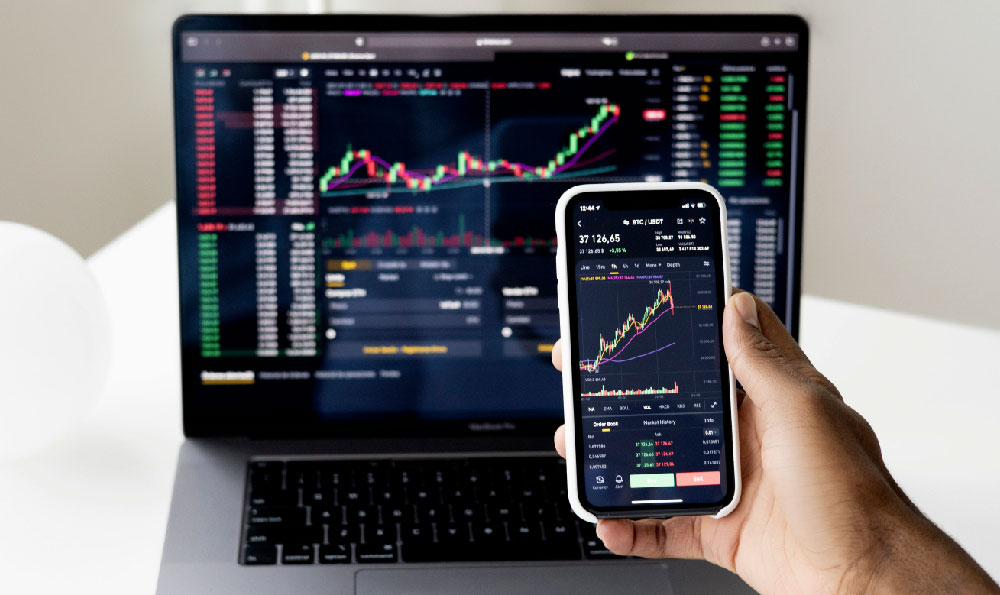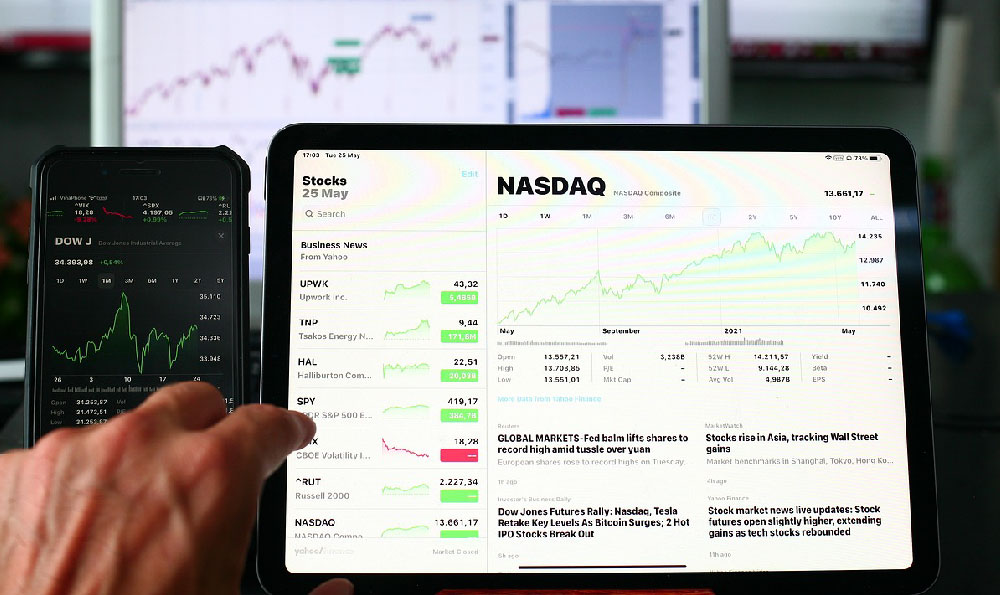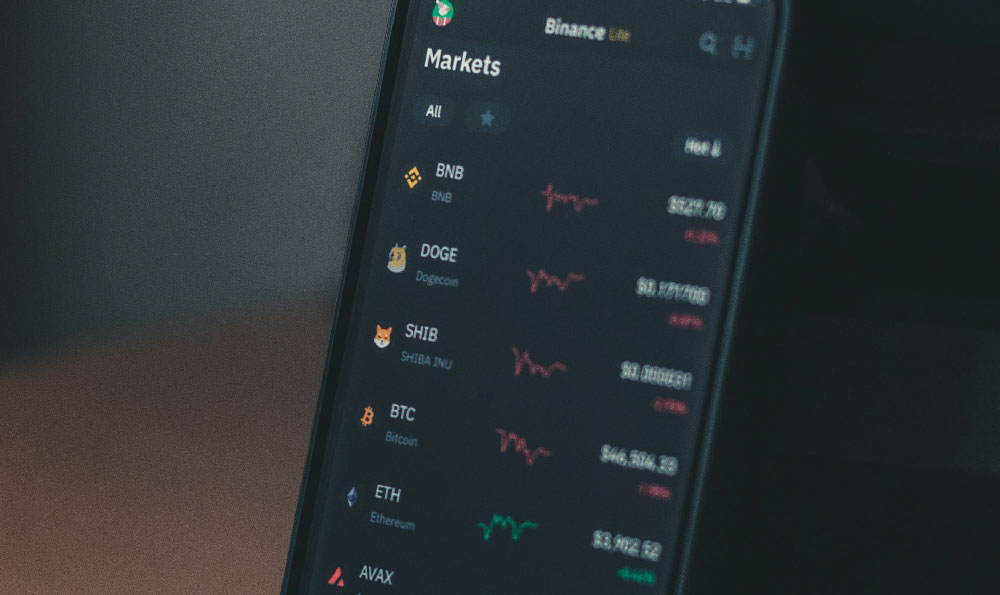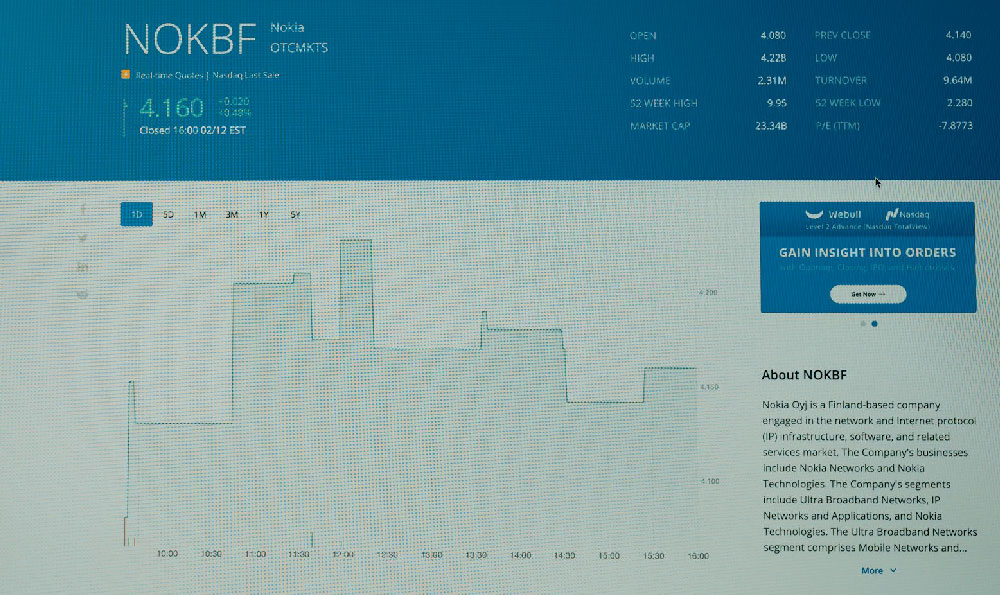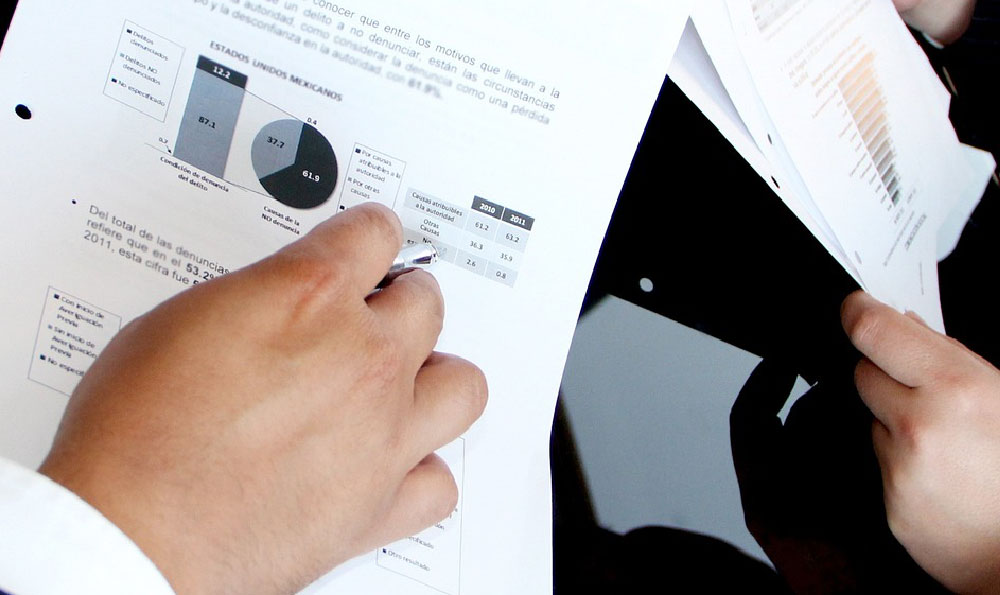How Much Did Canelo Make? What About Berlanga's Payout?

Estimating the earnings of professional boxers, particularly those at the superstar level like Canelo Alvarez, and contrasting them with up-and-coming contenders like Edgar Berlanga, involves considering various income streams beyond just the guaranteed purse. It's a complex calculation influenced by factors like pay-per-view buys, sponsorships, merchandise sales, and international broadcast rights. Therefore, providing definitive, exact figures is challenging, but we can offer well-informed estimates and insights into how these figures are typically structured.
Canelo Alvarez, arguably boxing's biggest draw for several years, commands substantial fees for his fights. For Canelo, the guaranteed purse is merely the starting point. His real earnings are amplified significantly by his share of the pay-per-view revenue. Depending on the opponent and the anticipation surrounding the fight, Canelo has secured deals guaranteeing him upwards of $30 million, even before factoring in the PPV bonuses. Against fighters like Gennady Golovkin (in their trilogy fight) and Dmitry Bivol, his earnings likely surpassed $40-$50 million, potentially more, depending on the final PPV numbers. The exact percentage split varies from fight to fight, negotiated by his management team, but it's safe to assume Canelo receives a significant portion of the revenue generated by PPV buys. Furthermore, lucrative sponsorship deals with brands like Hennessy, Tecate, and other high-profile companies add to his already impressive income. These endorsements, strategically aligned with his brand and appeal to a broad audience, contribute millions annually to his overall wealth. International broadcast deals also play a crucial role. Canelo’s fights are broadcast globally, generating revenue from television rights in numerous countries. These deals are often negotiated separately and can contribute significantly to the overall financial success of each event. Analyzing past fights and industry reports gives us a strong understanding of Canelo’s financial prowess. He isn't just a boxer; he's a brand, meticulously crafted and managed to maximize his earning potential. His calculated approach to choosing opponents, securing endorsements, and negotiating broadcast deals reflects a sophisticated understanding of the business side of boxing. He has built a financial empire that extends beyond the boxing ring, including investments in real estate, other businesses, and financial assets. This diversification strategy ensures long-term financial security and growth, even after his boxing career concludes.
In stark contrast, Edgar Berlanga, while a promising and exciting fighter on the rise, operates on a different financial plane. While accurate figures for Berlanga's purses are less publicly available, we can make informed inferences based on his career trajectory and the general financial structure for boxers at his level. For Berlanga, the guaranteed purse represents a larger proportion of his overall earnings compared to Canelo. While he's gaining popularity, he doesn't yet command the same pay-per-view appeal or lucrative sponsorship opportunities. Early in his career, Berlanga's purses were likely in the tens of thousands of dollars. As he’s progressed and headlined more events, his earnings have increased, potentially reaching the hundreds of thousands of dollars per fight. However, this is still significantly lower than the multi-million dollar paydays that Canelo regularly enjoys. Berlanga may receive a small percentage of PPV revenue if his fights are part of a PPV card, but it would be substantially less than a superstar like Canelo. His sponsorship deals are likely smaller in scale, focusing on local or niche brands that align with his image and target audience. The opportunities for larger endorsements will likely increase as he continues to win and build his fanbase. The importance of strategic career management becomes especially evident when comparing Berlanga's situation to Canelo's. Choosing the right promoters, securing favorable fight contracts, and carefully managing his public image are crucial for maximizing his earning potential. He needs to continue building his brand and fanbase to attract larger sponsorship deals and increase his bargaining power in future negotiations. Boxers like Berlanga often rely heavily on purse money to cover training expenses, management fees, and living costs. The financial pressures can be significant, especially early in their careers, highlighting the importance of financial planning and responsible money management. As a fighter progresses through the ranks, they need to build a team of experienced professionals, including managers, trainers, and financial advisors, to help them navigate the complex world of professional boxing and maximize their financial opportunities.

In conclusion, while pinpointing the exact earnings of Canelo Alvarez and Edgar Berlanga is challenging due to the complex nature of boxing finances, we can confidently state that Canelo operates on a much larger financial scale due to his established superstar status, PPV draw, and lucrative endorsements. Berlanga, as an up-and-coming fighter, is on a path to potentially increase his earnings, but he needs to strategically manage his career and continue building his brand to reach the financial heights of a fighter like Canelo. The disparity underscores the significant financial gap between the elite of the sport and those still climbing the ranks. Understanding the factors that contribute to these earnings – PPV shares, sponsorships, broadcast deals, and strategic career management – is crucial for both boxers and fans alike to appreciate the financial realities of professional boxing. The key difference lies in Canelo’s negotiation power that comes with being a top draw. His ability to command a large slice of the pie is what sets him apart financially from fighters still building their brand and recognition.
